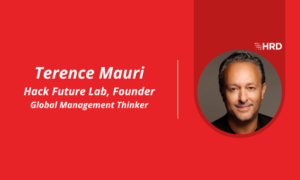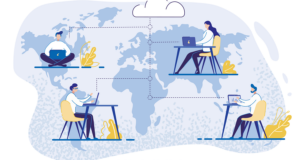Creating a change agent network: Building a transformation powerhouse
- 4 Min Read
Create and leverage a network of change agents to help employees support and adopt organizational changes and drive overall success and wellbeing.
- Author: Rishita Jones
- Date published: Feb 21, 2023
- Categories

How adept is your company at change?
The pace of change in today’s world is like a speeding bullet train, moving quickly and relentlessly toward an ever-evolving destination.
Take technology for example. 20 years ago, most businesses didn’t have a website. By 2020 it was almost unthinkable for many businesses not to have a website AND an app to interact with customers.
Now, think about consumers. As technology changes, customers’ expectations change too. The rise of e-commerce has completely transformed the way people shop and has raised consumer expectations for fast, convenient, and personalized shopping experiences.
And if these changes weren’t enough, employees’ expectations in the workplace have changed too. Employees now expect the same employee experience they do as customers – they want a modern and digital workplace that is easy to navigate and offers them the tools they need to do their job efficiently.
It is not surprising therefore that 70% of organizations have a digital transformation strategy or are working on one.
Yet, McKinsey estimates that 70 % of change programs fail to achieve their goals, in large part due to employee resistance.

Change agents to drive success
So what can organizations do to help employees support and adopt the changes? They can introduce change agents.
Research by PROSCI (Best Practices in Change Management Report– 2018 edition) shows that organizations that used change agent networks to drive change reported a success rate of 61%, while those that did not use such networks had a success rate of 42%.
Change agents can help to build support for the change by communicating the benefits and addressing concerns that people may have. They are close to the ground and can also act as advocates for the change, helping to persuade employees to get on board.
Creating a network of change agents
How can you create and leverage a network of change agents? Here are 6 steps to get started:
1. Define the purpose of the change – Be clear about what you are trying to achieve and why. For change agents to believe and stand behind the change with conviction, a clear and compelling change story is key.
2. Define the role of the change agents – Be clear what your ask is. Provide initial guidance on what you expect from them and also clarify scope of work and decision-making authority.
3. Identify potential change agents – Often early adopters make great change agents since they are internally motivated and genuinely excited about the opportunities of the change.
4. Provide training and support – Ensure change agents have they have the necessary skills and knowledge to carry out their roles effectively. In some cases, you may need to bring in external support to coach these individuals and bring in the required.
5. Empower change agents – Provide change agents with the necessary resources, tools and authority to carry out their roles effectively. Openly endorse them in the organization so they can start engaging and communicating with all stakeholders. Remember that people managers are also employees.
6. Continuously evaluate – Use an assessment tool such as ADKAR model by PROSCI that measures the progress of your change efforts.
Overall, change agents can be a valuable asset in driving successful changes within an organization.
However, it’s important to note that they are not the only factor in success. A variety of other factors, such as effective communication, strong leadership and sponsorship, and adequate resources, are also important to consider when implementing a change.
__________
Recognized as one of the top global HR influencers, Rishita Jones is an author, keynote speaker and an international consultant specialised in the future of work. Her work as a transformation and change specialist is centred around creating democratic workplaces with a people focused strategy based on trust, transparency and autonomy.
Rishita is the director and founder of New Routes for Growth HR, co-author and contributor of several books on the future of HR, a collaborator, and a transformation consultant across a multitude of sectors and organizations in EMEA and beyond. In addition to holding degrees in Psychology and Human resources, Rishita is an accredited agile HR and agile leadership practitioner and a certified PROSCI change management practitioner.









